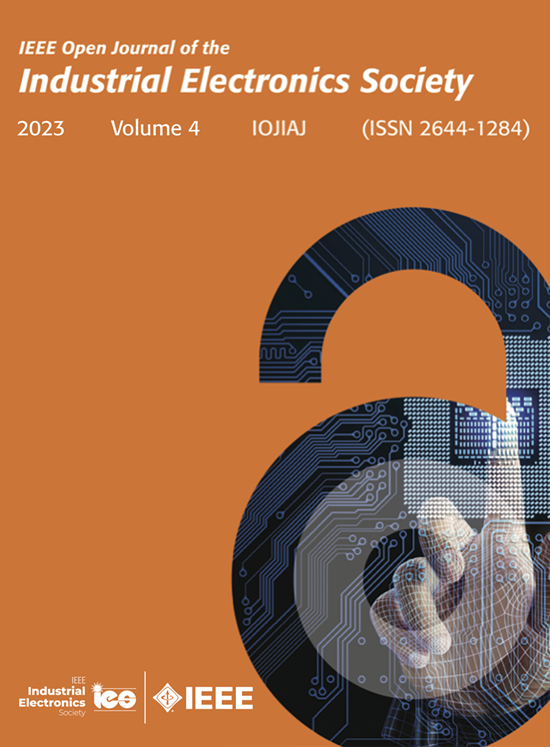推进高频逆变器设计在更多的电动飞机:挑战和研究前景
IF 4.3
Q1 ENGINEERING, ELECTRICAL & ELECTRONIC
IEEE Open Journal of the Industrial Electronics Society
Pub Date : 2025-08-08
DOI:10.1109/OJIES.2025.3597042
引用次数: 0
摘要
向飞机电气化的过渡不仅可以减少碳足迹,还可以推进可持续航空,通过增强性能和系统集成推动航空的未来。在电动飞机领域,传统的液压、气动和机械系统正在被电机驱动的电气结构所取代。高频逆变器是驱动这些电机在非常高的速度($>$100 kRPM)必不可少的。本文研究了航空环境对高频逆变器设计的影响,特别是考虑了低压、空气密度降低、宇宙射线辐射和广泛的工作温度对半导体功率器件和电容、电阻和电感元件的影响。在高海拔地区,空气密度降低使得冷却变得特别具有挑战性,这突出了对高效热管理系统的需求。该研究还探讨了电磁干扰及其产生和缓解技术,同时评估了各种脉宽调制(PWM)技术。此外,文章回顾了先进的多电平逆变器拓扑结构对MEA应用的好处和适用性。最后,本文强调了更适合MEA的创新逆变器拓扑和pwm技术的重要性。本文章由计算机程序翻译,如有差异,请以英文原文为准。
Advancing High-Frequency Inverter Design in More Electric Aircraft: Challenges and Research Perspectives
The transition toward aircraft electrification not only reduces the carbon footprint but also advances sustainable aviation, propelling the future of aviation with enhanced performance and system integration. In the realm of more electric aircraft (MEA), traditional hydraulic, pneumatic, and mechanical systems are being replaced by motor-driven electrical architectures. High-frequency inverters are essential for driving these motors at very high speeds ($>$
求助全文
通过发布文献求助,成功后即可免费获取论文全文。
去求助
来源期刊

IEEE Open Journal of the Industrial Electronics Society
ENGINEERING, ELECTRICAL & ELECTRONIC-
CiteScore
10.80
自引率
2.40%
发文量
33
审稿时长
12 weeks
期刊介绍:
The IEEE Open Journal of the Industrial Electronics Society is dedicated to advancing information-intensive, knowledge-based automation, and digitalization, aiming to enhance various industrial and infrastructural ecosystems including energy, mobility, health, and home/building infrastructure. Encompassing a range of techniques leveraging data and information acquisition, analysis, manipulation, and distribution, the journal strives to achieve greater flexibility, efficiency, effectiveness, reliability, and security within digitalized and networked environments.
Our scope provides a platform for discourse and dissemination of the latest developments in numerous research and innovation areas. These include electrical components and systems, smart grids, industrial cyber-physical systems, motion control, robotics and mechatronics, sensors and actuators, factory and building communication and automation, industrial digitalization, flexible and reconfigurable manufacturing, assistant systems, industrial applications of artificial intelligence and data science, as well as the implementation of machine learning, artificial neural networks, and fuzzy logic. Additionally, we explore human factors in digitalized and networked ecosystems. Join us in exploring and shaping the future of industrial electronics and digitalization.
 求助内容:
求助内容: 应助结果提醒方式:
应助结果提醒方式:


